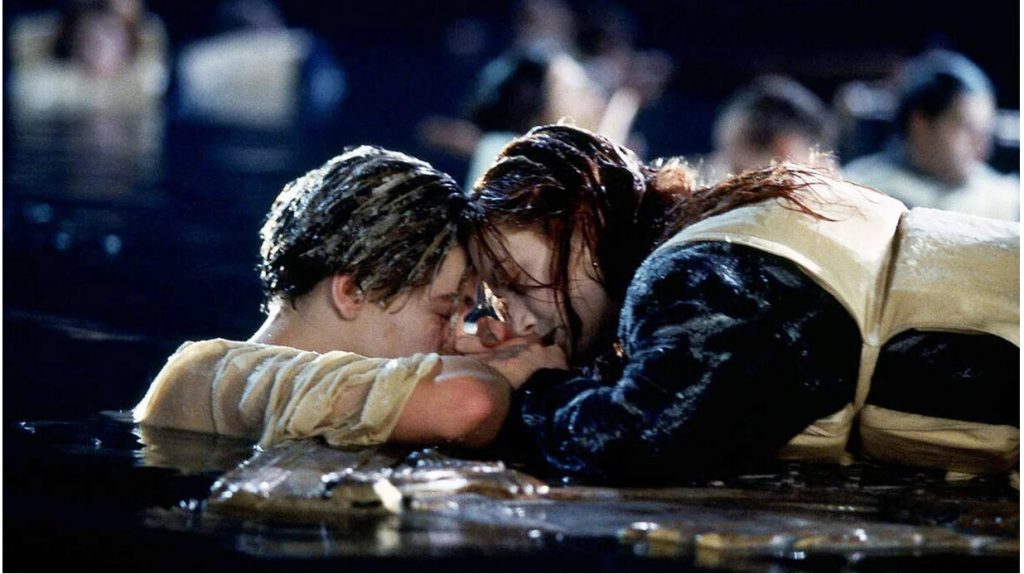The case surrounding the protection of Michelangelo’s David under Italy’s cultural heritage code is fascinating and raises important questions about the intersection of art, commerce, and cultural preservation, according to AP news article. Curators like Cecilie Hollberg are understandably concerned about the proliferation of cheap and often disrespectful souvenirs that diminish the significance of such iconic works.
According to the article, published at AP, Hollberg’s proactive approach, backed by legal action, demonstrates a commitment to preserving the integrity and dignity of these masterpieces. By invoking Italy’s landmark cultural heritage code, her efforts have secured financial damages and sparked discussions about the broader implications for intellectual property rights and freedom of expression.
Indeed, the debate surrounding these legal actions prompts us to consider the balance between protecting cultural treasures and allowing for creative expression and commercialization. While it’s crucial to safeguard the artistic legacy and cultural heritage, it’s also essential to ensure that such protections don’t stifle innovation or limit freedom of speech.
As Thomas C. Danziger rightly points out, these cases raise both legal and philosophical questions. They compel us to reflect on the meaning of cultural patrimony and the role of institutions in preserving it. Finding a balance between preservation and innovation is undoubtedly challenging, but it’s a dialogue worth engaging in to ensure that future generations can continue to appreciate and be inspired by these timeless works of art.
Italy’s cultural code is unusual in its scope, essentially extending in perpetuity the author’s copyright to the museum or institution that owns it. The Vatican has similar legislative protections on its masterpieces, and seeks remedies through its court system for any unauthorized reproduction, including for commercial use and for damaging the dignity of the work, a spokesman said.
Greece implemented a similar law in 2020, requiring permits for commercial use of images depicting historic sites or artifacts, while also prohibiting images that “alter” or “offend” these monuments.
In France, the Louvre museum houses renowned masterpieces such as the “Mona Lisa” and Venus de Milo, most of which date back before 1848, placing them in the public domain under French law.
Legal battles have emerged over whether Italy’s law contradicts a 2019 European Union directive stating that artworks no longer protected by copyright enter the public domain, allowing for unrestricted use, reproduction, and sharing.
While the EU Commission hasn’t directly addressed the matter, a spokesperson mentioned ongoing scrutiny of the “conformity of national laws implementing the copyright directive,” particularly regarding Italy’s cultural heritage code and its potential impact.
According to AP article, Hollberg won her first case against ticket scalpers using David’s image to sell marked-up entrance packages outside the Accademia’s doors. She also has targeted GQ Italia for imposing a model’s face on David’s body, and luxury fashion brand Longchamp’s cheeky Florence edition of its trademark “Le Pliage” bag featuring David’s more intimate details.
Longchamp noted the depiction was “not without irony” and said the bag was “an opportunity to express with amused lightness the creative force that has always animated this wonderful city.”
Based on Hollberg’s success and fortified by improved search engine technology, the private entity that is custodian of Florence’s landmark Cathedral has started going after commercial enterprises using the famed dome for unauthorized, and sometimes denigrating, purposes, including men’s and women’s underwear.
So far, cease-and-desist letters have been enough to win compliance without turning to the courts, adding an extra half a million euros ($541,600) a year to revenues topping 30 million euros ($32 million), Luca Bagnoli, president of the Opera di Santa Maria del Fiore, told the AP.
“We are generally in favor of the freedom of artistic expression,’’ Bagnoli said. “When it comes to reinterpreted copies, it becomes a little more difficult to understand where artistic freedom ends and our image rights begin.”








